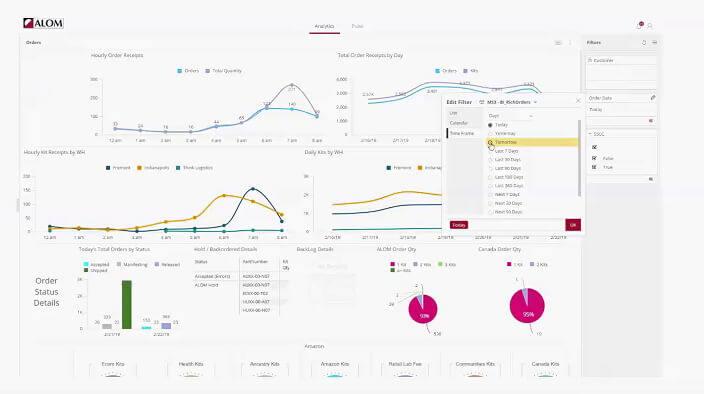
I could not help contemplating the high fives going around at United Airlines headquarters for meeting their luggage delivery KPI goals. I was recently at the United luggage carrousel in Fort Lauderdale airport on my way to a supply chain conference. Just 14 minutes after my flight landed, the “First Bag In” light lit up, signaling that the first bag had reached the luggage carrousel. It would have surprised the data analysts sitting at headquarters to learn that it took an additional 15 minutes for the first bag to actually appear on the luggage carrousel. Once baggage handling staff hit the button for “First Bag In” 15 minutes earlier, they had met their goal.
To be useful, data must be valid, accurate, relevant of the reality we want to measure, easy to understand, and – for fast action – real-time. Most data analytics systems violate many of these criteria, for instance by measuring irrelevant data that’s easy to collect. Systems are often difficult to use, or – as in United’s case – based on incorrect data. It turns out that providing real-time raw data is very revealing; the old term “hanging dirty laundry out to dry” comes to mind.
As ALOM launches its advanced business intelligence platform this month, the focus has been on providing an intuitive, easy to use platform that allows our customers a fast overview of their supply chain KPIs along with the ability to drill down and analyze historical data. Good business intelligence presents easy to follow dashboards that convey immediate status and exceptions such that appropriate staff can keep operations on-track and intervene fast if required. BI also allows for trend analysis to measure data over time to plan, execute better over time, and initiate continuous improvement.
With over 10,000 orders shipped per hour at our peak output, and with a high level of complexity, aggregating and presenting vast amounts of supply chain data in a format that allows deeper insight and understanding is of paramount importance to ALOM and our customers.
Key considerations for selecting and implementing a supply chain business intelligence system include:
However the richest feature set is nullified if data integrity is missing, if the relevant data is omitted, or if the system is too difficult to use. Seeing the solution that our talented IT and supply chain engineering staff designed, I know that our customers will have the tools and information to have maximum visibility across their supply chain, and that our staff can excel in operational decisions and customer support to ensure our customers meet their supply chain performance objectives.
When ALOM was launched in 1997, we committed to using and embracing technology to solve important business problems. We understood that in addition to being a supply chain management company we were also very much a technology company. In 1997, we became one of the first companies, or arguably the first company in the industry to launch B2B customer portals. Since then, we have fiercely focused on using elegant, secure and user-friendly technology solutions to provide our customers with significant competitive advantage.
So this month, as our customers start accessing our new advanced BI system either from the ALOM BI app or from web browsers around the globe, we continue to fulfill our commitment and our promise to lead in supply chain operations performance and technology development excellence. That is one KPI to be proud of.